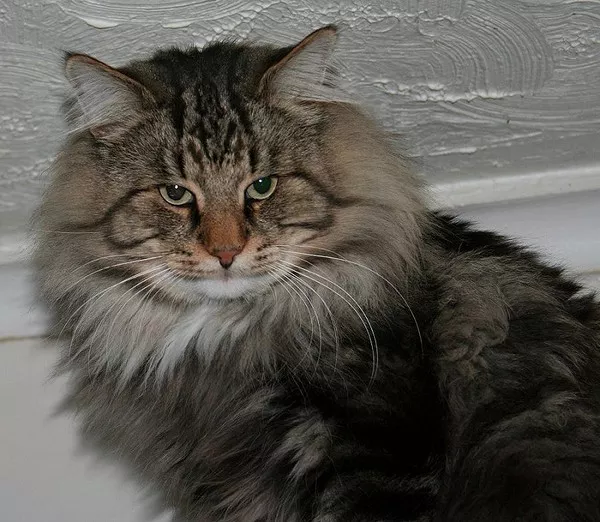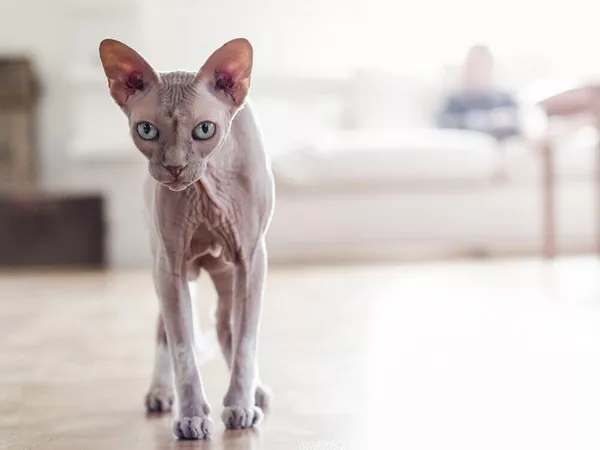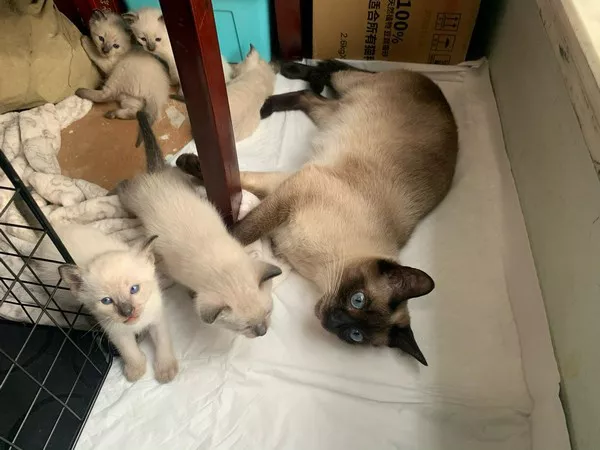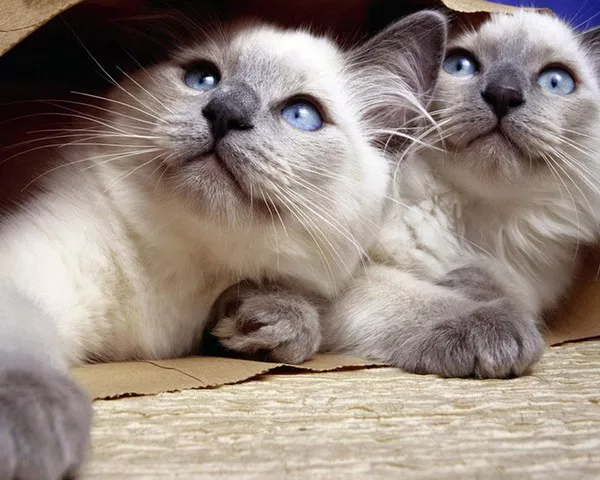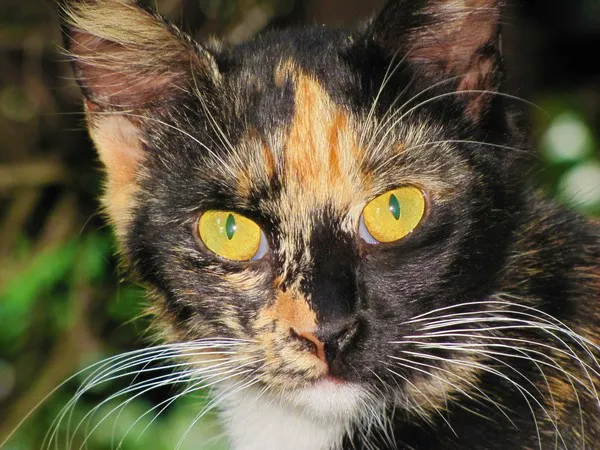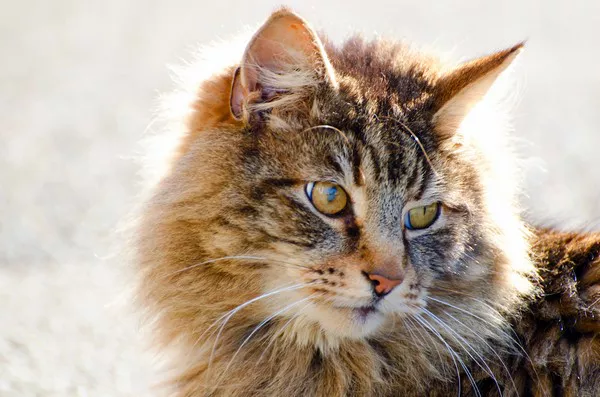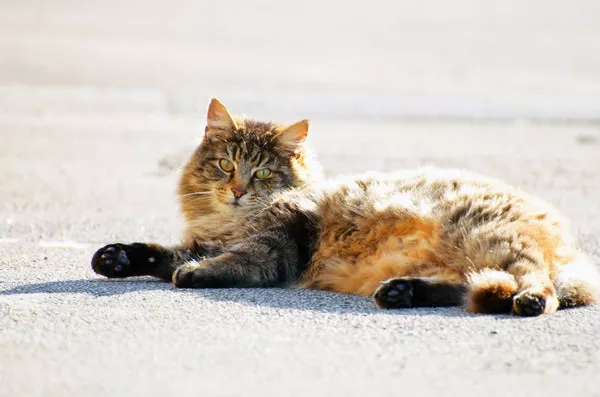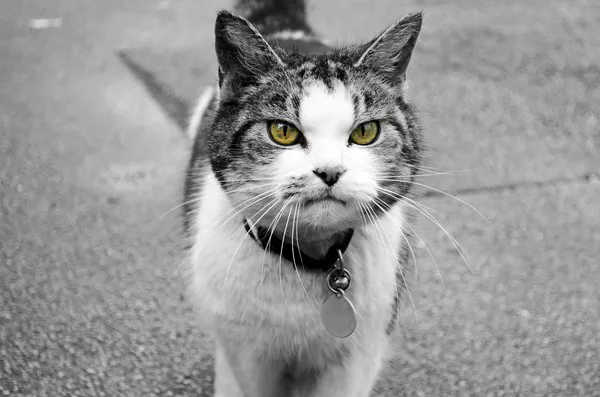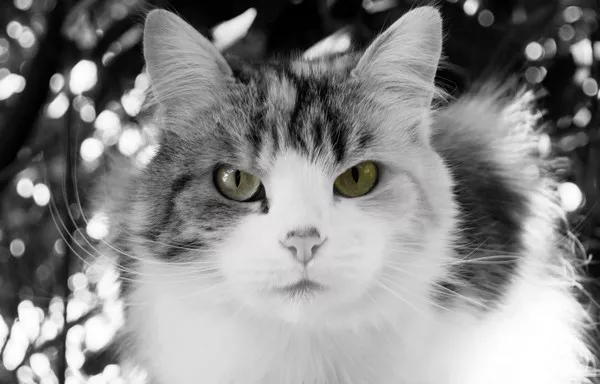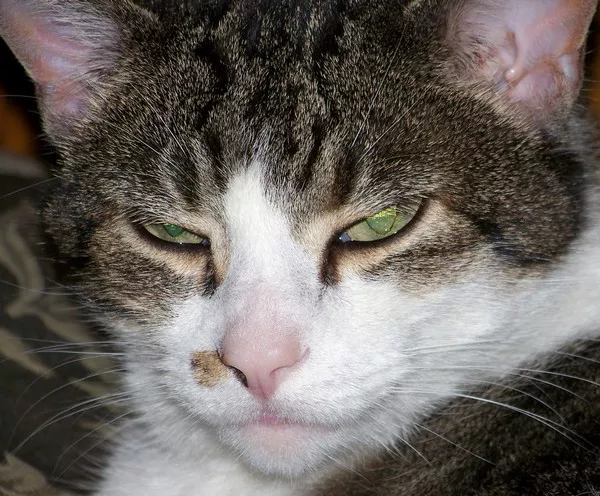Norwegian Forest Cats, often referred to as “Wegies,” are a majestic and ancient breed known for their striking appearance and robust personalities. Among their many charming characteristics, one that often piques the curiosity of cat owners and enthusiasts is their unique vocalization, commonly described as chirping. This article delves into the reasons behind the chirping behavior of Norwegian Forest Cats, exploring their history, biology, and communication patterns to provide a comprehensive understanding.
The History and Characteristics of Norwegian Forest Cats
Origins and Evolution
The Norwegian Forest Cat is a natural breed that hails from the rugged, cold climates of Norway. They have a rich history dating back hundreds, if not thousands, of years. These cats were companions to the Vikings, who valued their hunting prowess and companionship. Their survival in harsh environments has endowed them with a dense, water-resistant coat, strong physical build, and a highly intelligent and adaptable nature.
Physical and Behavioral Traits
Norwegian Forest Cats are large, with a muscular build, tufted ears, and a bushy tail. They are known for their agility, often climbing trees and other high structures with ease. Behaviorally, they are affectionate, social, and intelligent, often forming strong bonds with their human companions. Their vocalizations, including chirping, are part of their complex communication repertoire.
Understanding Cat Vocalizations
General Cat Sounds
Cats are known for a variety of sounds, each serving different communicative purposes. These include meowing, purring, hissing, growling, and chirping. Each sound can convey different emotions or intentions, from seeking attention to expressing discomfort or happiness.
Meowing: Typically used to communicate with humans.
Purring: Indicates contentment, but can also be a self-soothing mechanism.
Hissing and Growling: Signify fear, anger, or territorial disputes.
Chirping: Often associated with excitement or interest, especially related to hunting behaviors.
Why Do Norwegian Forest Cats Chirp?
Chirping in Norwegian Forest Cats can be attributed to several factors, ranging from evolutionary traits to specific communication needs.
Instinctual Hunting Behavior
One primary reason for chirping is related to their natural hunting instincts. In the wild, cats often use chirping sounds to communicate with their kittens or other members of their hunting group.
Bird Mimicry: The chirping sound resembles the calls of birds, which could be an evolutionary trait developed to lure prey or communicate silently during hunts.
Excitement and Focus: Cats may chirp when they spot potential prey, such as birds or insects, from a window. The sound is an expression of their predatory excitement and focus.
Communication with Humans
Norwegian Forest Cats are known for their strong bonds with humans, and chirping can be a way to communicate with their owners.
Attention Seeking: Chirping can be a way for cats to get their owners’ attention, especially when they want to show them something interesting or seek interaction.
Affection: Some cats chirp when they are feeling affectionate or playful, using the sound as a form of communication to express their happiness or contentment.
Social Interaction with Other Cats
Cats are social animals, and chirping can play a role in their interactions with other felines.
Greetings: Norwegian Forest Cats might chirp as a friendly greeting to other cats, indicating a non-threatening, social approach.
Bonding: Chirping can also be part of bonding behaviors, helping to establish and maintain social connections within a group of cats.
Expression of Curiosity and Excitement
Cats, including Norwegian Forest Cats, are naturally curious creatures. Chirping can be an expression of this curiosity and excitement.
Exploring Environment: When exploring their environment or encountering new stimuli, cats may chirp out of curiosity and excitement.
Interactive Play: During playtime, especially with toys that mimic prey, chirping can be a sign of engagement and enjoyment.
Scientific Insights into Cat Chirping
Research on Cat Vocalizations
Scientific studies on feline vocalizations provide insights into the reasons behind chirping and other sounds.
Cat-Human Communication: Research indicates that cats have developed specific sounds to communicate with humans, adapting their vocalizations to be more noticeable and effective in gaining human attention.
Behavioral Studies: Studies on cat behavior suggest that chirping is a complex sound associated with both innate hunting instincts and learned communication with humans and other cats.
Physiological Aspects
Understanding the physiological aspects of how cats produce chirping sounds can also shed light on this behavior.
Vocal Cord Mechanism: Chirping involves the rapid movement of the cat’s vocal cords, producing a staccato sound that is different from typical meowing.
Neurological Factors: The neurological pathways involved in vocalization are influenced by a cat’s emotional state and environmental stimuli, contributing to the production of chirping sounds.
How to Respond to Your Norwegian Forest Cat’s Chirping
Encouraging Positive Interaction
When your Norwegian Forest Cat chirps, it’s important to respond in ways that encourage positive interaction and strengthen your bond.
Engagement: Engage with your cat when they chirp by talking back, offering toys, or playing with them. This positive reinforcement can enhance their communication and social behaviors.
Observation: Pay attention to what might be triggering the chirping. It could be a bird outside, a new object in the house, or a call for attention. Understanding the context can help you respond appropriately.
Providing Stimulating Environment
Ensuring that your Norwegian Forest Cat has a stimulating environment can reduce stress and encourage healthy vocalization behaviors.
Interactive Toys: Provide toys that mimic prey, such as feather wands or laser pointers, to satisfy their hunting instincts.
Outdoor Views: Allow your cat access to windows where they can observe birds and other outdoor activities, stimulating their natural curiosity and hunting instincts.
Climbing Structures: Install cat trees or shelves that allow your cat to climb and explore, catering to their natural agility and need for physical activity.
Conclusion
The chirping behavior of Norwegian Forest Cats is a fascinating aspect of their communication and instinctual behaviors. Rooted in their natural hunting instincts, social interactions, and curiosity, chirping serves various purposes, from luring prey to engaging with humans and other cats. Understanding the reasons behind this unique vocalization can enhance the bond between cat owners and their feline companions, ensuring a fulfilling and interactive relationship. By providing a stimulating environment and responding positively to their chirps, cat owners can support their Norwegian Forest Cats’ natural behaviors and emotional well-being.

